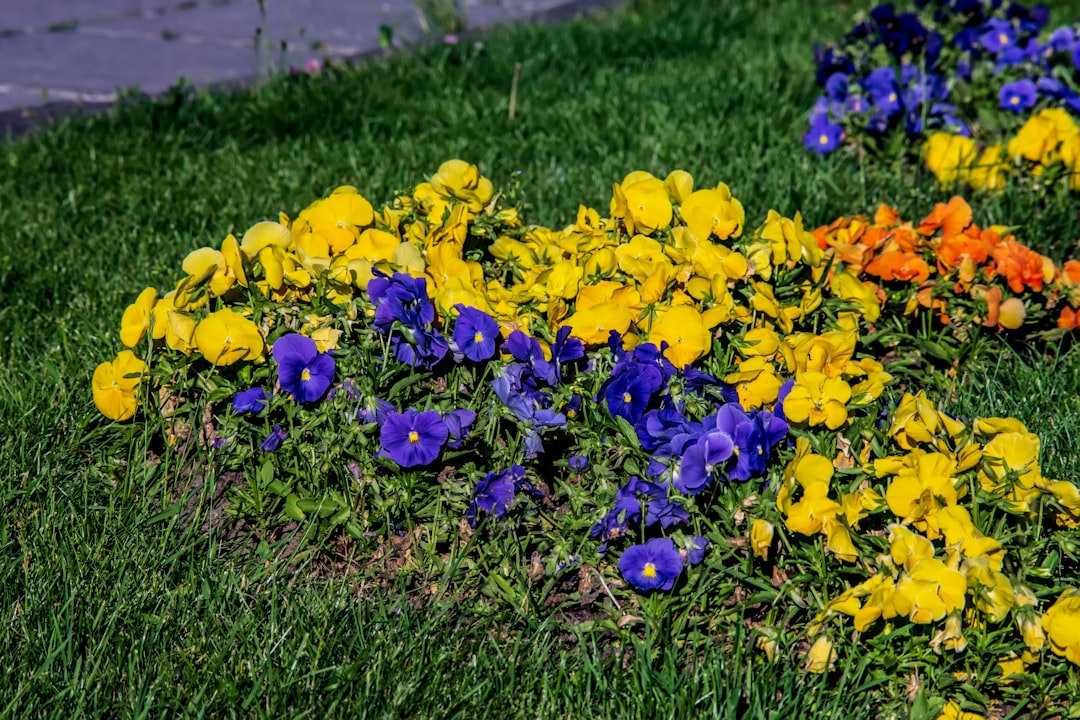The Secret to a Bountiful Strawberry Spinach Harvest

Edible gardening has gained immense popularity in recent years, and one plant that stands out for its unique characteristics and deliciousness is strawberry spinach. In this guide, we will delve into the essentials of planting, growing, and harvesting strawberry spinach, allowing you to enjoy a bountiful and rewarding gardening experience.
Understanding Strawberry Spinach
Strawberry spinach, also known as Chenopodium capitatum, is a fascinating plant that combines the best of both worlds. It is not actually a true spinach or a strawberry, but it gets its name from its strawberry - like fruits and spinach - like leaves. The plant produces small, red, juicy fruits that resemble strawberries in appearance and have a sweet - tart flavor. The leaves are tender and can be used in salads, just like regular spinach.
Planting Strawberry Spinach
1. **Choosing the Right Location**: Strawberry spinach thrives in partial shade to full sun. However, in hot climates, it may benefit from some afternoon shade to prevent the leaves from wilting. The soil should be well - drained, fertile, and rich in organic matter. You can prepare the soil by adding compost or well - rotted manure before planting.
2. **Sowing Seeds**: You can start strawberry spinach seeds indoors about 4 - 6 weeks before the last frost date. Sow the seeds in a seed - starting tray filled with a good quality seed - starting mix. Keep the soil moist and at a temperature of around 60 - 70°F (15 - 21°C). Once the seedlings have developed a few true leaves, they can be transplanted outdoors. Alternatively, you can directly sow the seeds in the garden after the danger of frost has passed. Space the seeds about 6 - 8 inches apart and cover them with a thin layer of soil.
Growing Strawberry Spinach
1. **Watering**: Strawberry spinach requires regular watering to keep the soil evenly moist. However, avoid over - watering, as this can lead to root rot. Water the plants at the base to keep the leaves dry and prevent the development of fungal diseases. During hot and dry periods, you may need to water more frequently.
2. **Fertilizing**: A balanced, all - purpose fertilizer can be applied to the soil around the plants every 4 - 6 weeks. This will provide the necessary nutrients for healthy growth. You can also use organic fertilizers such as fish emulsion or seaweed extract for a more natural approach.
3. **Weeding and Mulching**: Keep the area around the strawberry spinach plants free of weeds, as they can compete for nutrients and water. Applying a layer of mulch, such as straw or shredded leaves, around the plants can help suppress weeds, retain moisture, and regulate soil temperature.
4. **Pest and Disease Control**: Strawberry spinach is generally a relatively pest - and disease - resistant plant. However, it can be susceptible to aphids, slugs, and snails. You can control aphids by spraying the plants with a strong stream of water or using insecticidal soap. To deter slugs and snails, you can set up beer traps or use diatomaceous earth around the plants.
Harvesting Strawberry Spinach
1. **Leaf Harvest**: You can start harvesting the leaves of strawberry spinach when they are young and tender, usually about 4 - 6 weeks after planting. Simply snip off the outer leaves, leaving the inner leaves to continue growing. The leaves can be used fresh in salads, sandwiches, or cooked in the same way as regular spinach.
2. **Fruit Harvest**: The fruits of strawberry spinach will start to ripen about 2 - 3 months after planting. They are ready to be harvested when they are bright red and easily come off the plant. The fruits can be eaten fresh, added to desserts, or used to make jams and jellies.
Conclusion
Strawberry spinach is a wonderful addition to any edible garden. With its unique appearance, delicious fruits, and nutritious leaves, it offers a lot of value. By following the steps outlined in this guide for planting, growing, and harvesting, you can enjoy a successful strawberry spinach harvest and add a touch of novelty to your homegrown produce. So, roll up your sleeves, get your gardening tools ready, and start growing this amazing plant today!